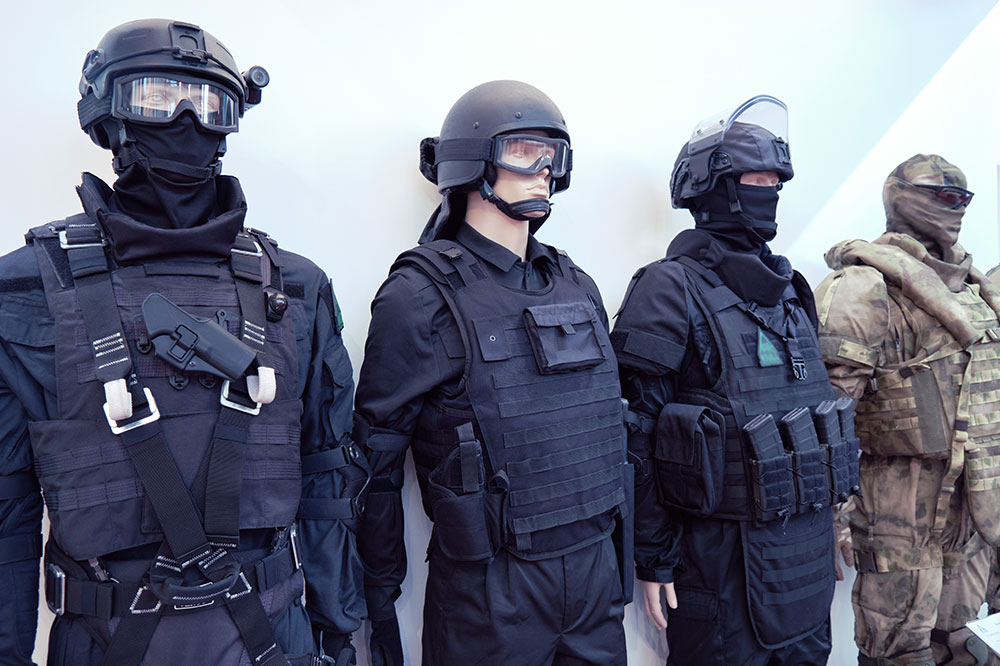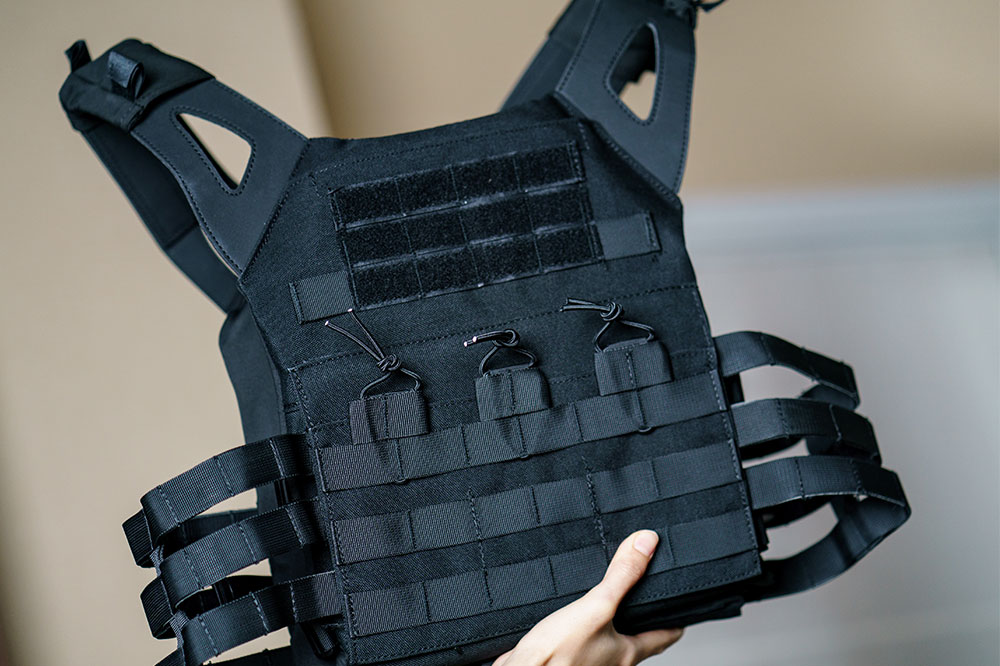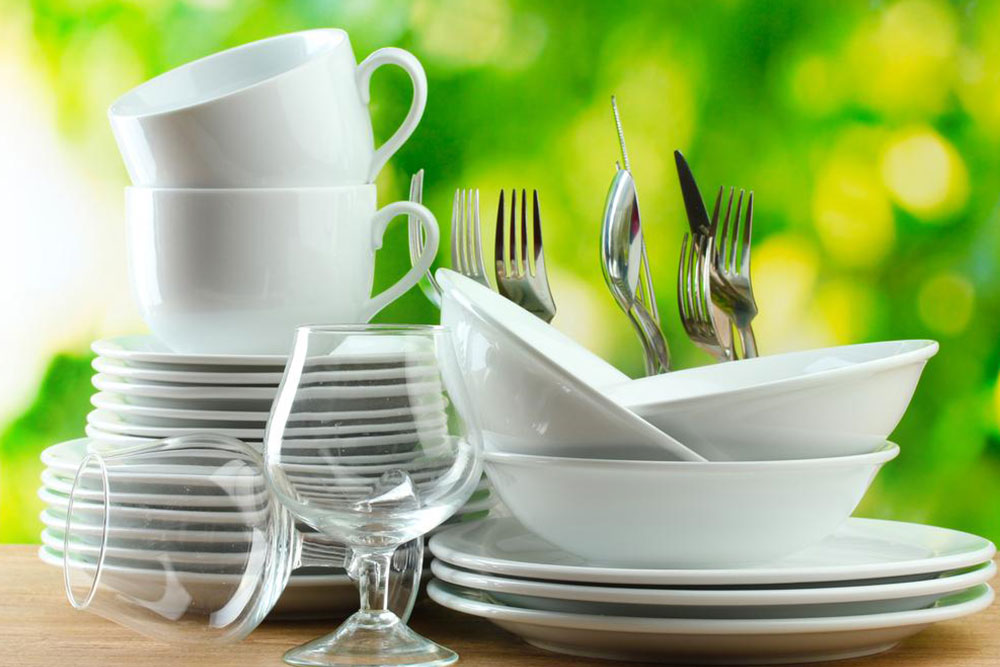Comprehensive Guide to Different Types of Bulletproof Vests
This guide explores the different types of bulletproof vests—soft and hard armor—highlighting their materials, protective capabilities, and suitable use cases. It discusses popular options like ceramic and steel plate armor, helping buyers make informed choices. The article emphasizes key considerations such as threat level, comfort, and durability, providing valuable insights for security professionals and enthusiasts. Understand the distinctions to select the best armor for specific safety needs effectively.

Understanding Various Bulletproof Vest Types
Bulletproof vests are essential protective gear available in two main styles: soft and hard armor. While both serve the same protective purpose, their use depends on the specific threat level and scenario. Discover more about the distinct types of bulletproof vests below.
Soft Armor Bulletproof Vests
Designed mainly for comfort and flexibility, soft armor vests are commonly worn by law enforcement personnel. They are constructed from durable fabric materials like Kevlar, which can effectively stop projectiles and distribute the impact across the vest, minimizing injury. Soft armor is more suitable against knife stabs and handgun bullets. Often, these vests are modular, integrated into carriers or added with inserts.
Hard Armor Bulletproof Vests
Hard armor vests feature rigid plates, typically housed in a vest carrier that can be worn over clothing. These plates are made from high-strength materials like ceramic composites, steel, or ultra-high molecular weight polyethylene (plastic). Hard armor offers increased protection but is less discreet. They come in various ratings and are capable of defending against high-caliber rounds and more severe threats.
Top Bulletproof Vest Options
When selecting a bulletproof vest, consider threat levels and materials used. Some highly recommended options include:
Ceramic Armor
For advanced protection, ceramic armor can stop high-velocity bullets such as M193 and M2AP (30.06 armor-piercing). It is a premium choice, often costing over USD 200, and tends to be bulky. Despite being lightweight relative to its class, ceramic armor is less durable and may require replacement if dropped or damaged.
AR500 Steel Plate Armor
Economical and sturdy, AR500 steel plates are an affordable option for hard armor, priced between USD 140-USD 200 for front and back plates. They are heavy, often exceeding eight pounds per plate, but highly durable. Properly maintained, they can withstand numerous strikes and are effective against most handgun rounds, though they are less effective against high-velocity rounds like the 5.56 M193.
Important Notice: The information provided on this platform covers various topics to offer useful insights. However, it is not always definitive or comprehensive. Users should conduct their own research and consult professionals for detailed advice. The website disclaims responsibility for inaccuracies or discrepancies across different sources and acknowledges that some offers or schemes may vary from those mentioned here.





